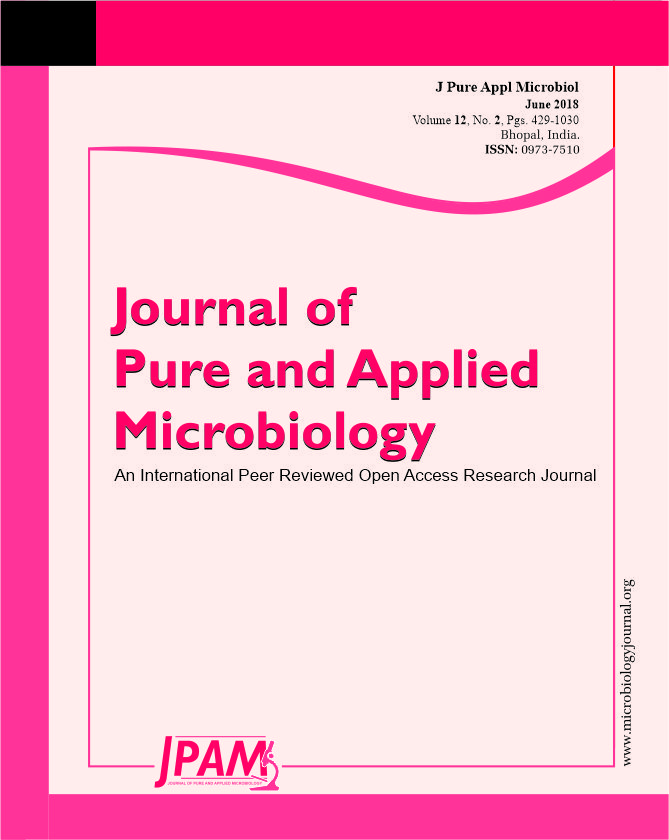Initial visual screening for most applicable strains visually based on cell-bound pigmented colonies from different sources in the Egyptian environment. Samples (n=25) of soil, milk, laban rayeb, and kareesh and Ras cheeses were screened for strains capable of producing carotenoids. Seven isolates showed fast growth rates and high content of carotenoids were further characterized. Physiological and molecular identification of the isolated yeast was done using API 32C and sequencing of 18S rRNA gene. The produced sequences were compared with reference 18S rRNA gene sequences available in NCBI GenBank database. Five yeasts strains (S-361, S-37, S-33, S-11 and S-10) out of seven were identified as R. diobovata [with accession no. KX866280, KX866279, KX866278, KX866276 and KX866275 respectively] and the rest were classified as R. mucilaginosa (S-5 and M-30) with accession no: KX866274 and KX866277. The carotenoid derivatives produced by R. diobovata S-361 and R. mucilaginosa S-5 strains were identified by chromatographic analysis (TLC and HPLC) to be b-carotene as a major fraction, torulene, torulene-like and torulahodine. The ability of R. diobovata S-361 strain to produce carotenoids from lactose hydrolyzed salt whey in bioreactor and high aeration led to promote growth resulted in high biomass production (22.7 g/l at day five). Also the production of yeast biomass was about 3.5 times higher yield than in Erlenmeyer flasks while high cellular carotenoids production obtained at day four (147 µg/g) and torulene was the most dominant carotenoids fraction, Cellular and volumetric carotenoids production in batch fermentation during 5 days was investigated. The highest cellular carotenoids were recorded in pellets of the culture of R. diobovata S-361.
Carotenoids, Rhodotorula diobovata, Rhodotorula mucilaginosa, Soil, Dairy Products, Salt Whey, Bioreactor
© The Author(s) 2018. Open Access. This article is distributed under the terms of the Creative Commons Attribution 4.0 International License which permits unrestricted use, sharing, distribution, and reproduction in any medium, provided you give appropriate credit to the original author(s) and the source, provide a link to the Creative Commons license, and indicate if changes were made.


